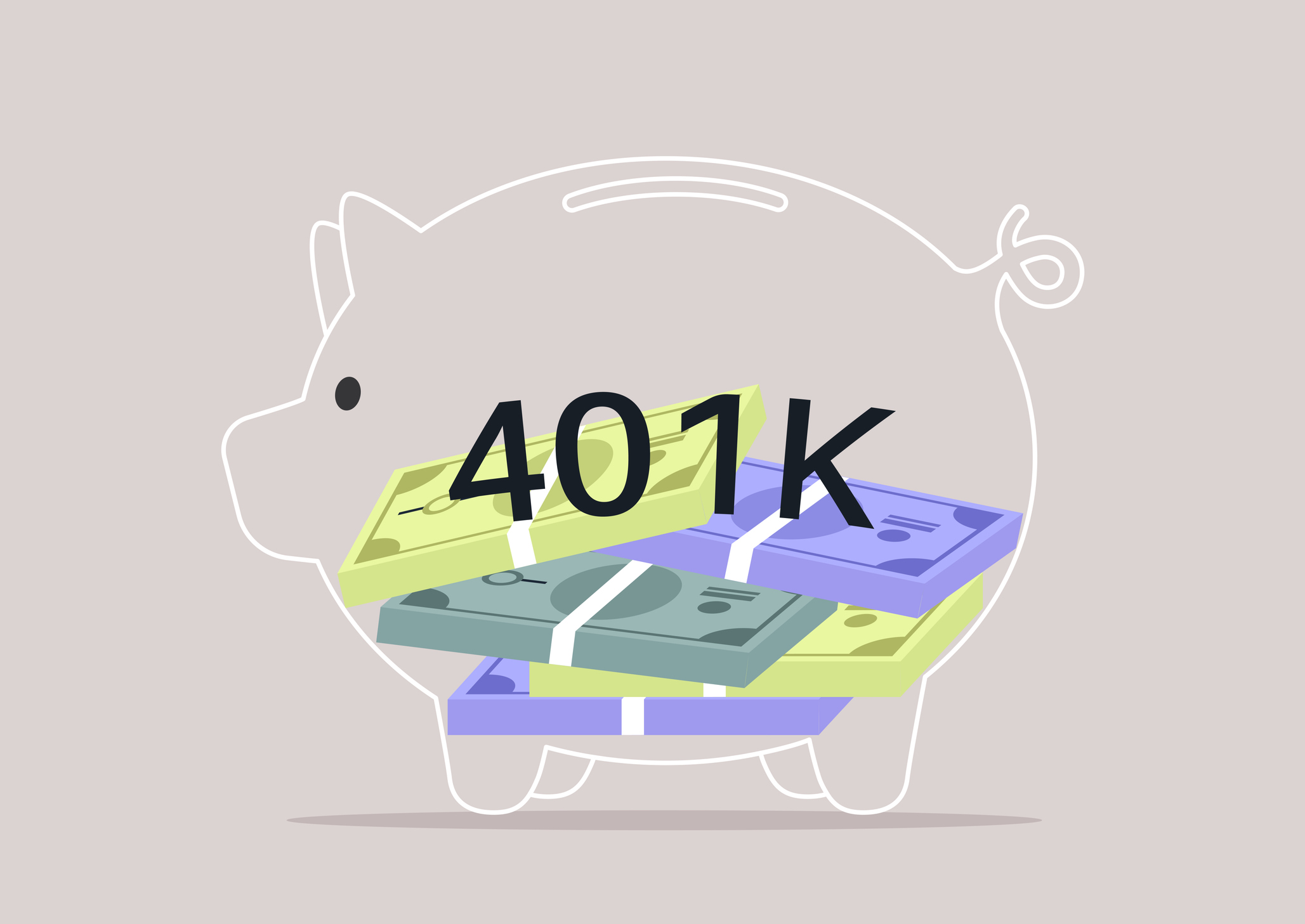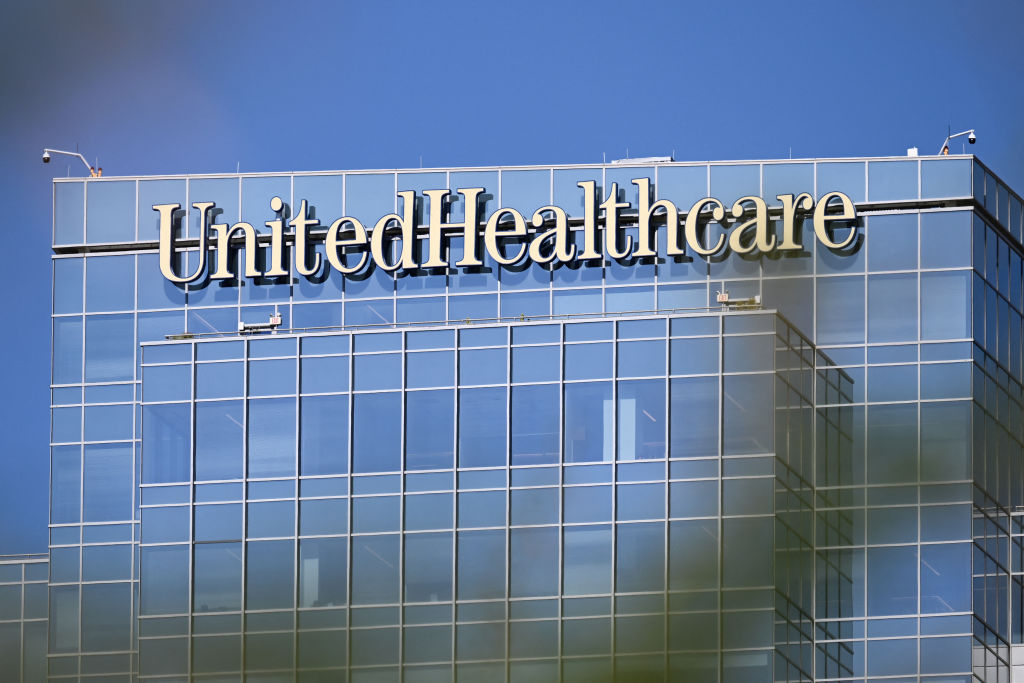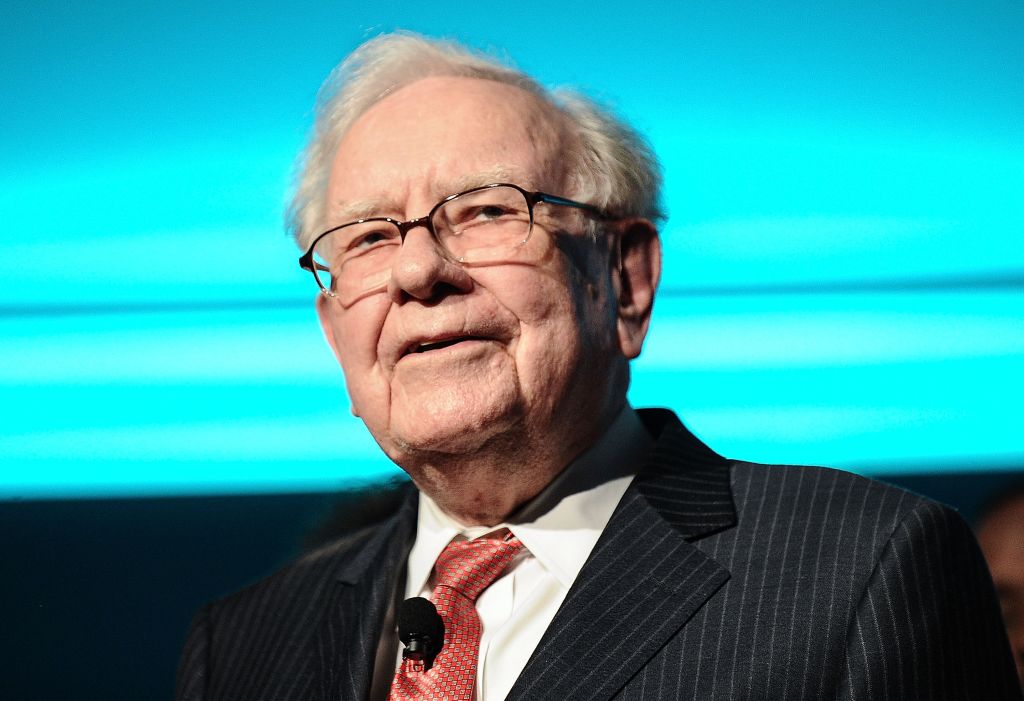Six Key Earnings Reports to Watch
Even with high market volatility, these companies will provide important clues about who's really in charge, the bulls or the bears.

Hundreds of publicly traded companies are closing their books on 2011 and discussing prospects for 2012. So far, all signs point to a continued slowdown in earnings growth.
Analysts estimate that fourth-quarter 2011 profits for Standard & Poor’s 500-stock index rose 5.8% over the same period in 2010, ending a string of eight double-digit-percentage quarterly earnings gains for the widely watched benchmark. Estimated earnings growth for the S&P 500 in the first quarter of 2012 is slower still -- 3.9 % -- according to the same analysts’ intelligence scorecard from Thomson Reuters. Three of the index’s ten sectors are slated for earnings declines: materials, telecommunications and utilities. Earnings for only one, manufacturing, are expected to rise more than 10%, and that projection is down sharply from a few months ago.
Normally, sputtering earnings are a frightening prospect, especially for an unsteady market that is facing down European debt troubles, slowing growth in economic hot spots such as Brazil, India and even China, shocking oil prices and fragile U.S. business confidence. Nevertheless, Kiplinger’s sees enough of a pulse at home to predict a 2.3% rise in 2012 U.S. gross domestic product, which would be one of the best among rich countries.
From just $107.88 $24.99 for Kiplinger Personal Finance
Become a smarter, better informed investor. Subscribe from just $107.88 $24.99, plus get up to 4 Special Issues

Sign up for Kiplinger’s Free Newsletters
Profit and prosper with the best of expert advice on investing, taxes, retirement, personal finance and more - straight to your e-mail.
Profit and prosper with the best of expert advice - straight to your e-mail.
You could presume that spurs better earnings growth than 3.9% and provides additional support for the stock market’s fast start in 2012 (year-to-date through January 23, the S&P is up 4.8%). But any headlines in the near term that trumpet poor or falling year-over-year profits could also scare investors into pulling their money out, even if companies’ commentaries and other data about business conditions are encouraging.
Still, the grip that earnings season has traditionally had on stock-market action may be easing. It’s not a sure bet anymore that you can predict the market’s rate of return for a quarter or a year by taking the presumptive earnings growth rate, adding the dividend yield, and assuming that the price-earnings ratio for a company or a sector of the broad market remains constant. Today’s market has moved beyond such simple calculations. Trading patterns are now split-second fast and subject to far more random factors.
Fourth-quarter 2011 events highlight the disconnect between reported profits and portfolio gains or losses. The last three months were the best quarter of 2011 by far for stock prices, and glorious for dividend increases. But the same period is shaping up as the worst quarter for year-over-year earnings growth, even if that 5.8% prediction is revised higher when all the companies’ results are in.
Events in 2011 also make the case that earnings-reporting season no longer shields stocks from turmoil caused by such outside dramas as last year’s Treasury-bond and euro default scares. All told, the S&P 500’s earnings for 2011 are likely to finish 10% above 2010’s levels. Yet the S&P 500 ended 2011 flat; its 2.1% total return was entirely from dividends. The early sense of the first quarter of 2012 continues to be that stock prices are doing well, while earnings are weak.
So unless you own shares of specific companies, should you care about earnings season? It’s a fair question. I’d answer it this way: There are still clues in the earnings of a few key companies that will help you make wise investment decisions. You’d be well served to dissect the financial statements of these companies and pay close attention to what their CEOs are really saying during conference calls -- there is a reason the public gets real-time access to them. So mark your calendar, sharpen your pencil, and put your earphones on.
Here are six companies to watch, in alphabetical order:
Coca-Cola (symbol KO) reports on February 7, and it has a serious problem. Europe is Coke’s largest regional revenue producer (yes, bigger than North America) and its most profitable region by operating profit margin (though that’s shrinking). Who could have imagined that Europe’s economic slump would be so serious a challenge to this American icon? Coke shares did little last year and lagged in the fourth quarter. The stock’s once-lofty P/E ratio is diminishing, an indication that the market questions how much growth remains possible.
More tellingly, during the most recent quarterly earnings call, Coke CEO Muhtar Kent extolled the company’s prospects in Brazil, China and the U.S., and ignored European sales except to complain that they’d slumped because of a cold summer on the Continent. Will Coke’s global prospects improve? Let’s hope so, because the company is the eleventh-largest in the Dow Jones industrial average, is a favorite of dividend-growth investors and Warren Buffett, and is perceived as a steady, low-risk growth stock.
Deere (DE), which issues earnings on February 15 for the quarter that ends January 31, exemplifies the surge in world demand for U.S.-made goods that is critical to the prospects for strong economic growth. Deere’s earnings for the three quarters that ended last October 31 were tremendous, and a powerful finish would confirm the momentum. Deere prepares detailed business-outlook forecasts, so look in its earnings report for management’s discussion of operations. If the news is as positive as it has been, that ought to carry over to other makers of construction and farm equipment, an industry where U.S. companies rule.
Disney (DIS), which also reports its earnings on February 7, is my favorite profit report for casual investors. Almost no one has to buy Disney’s products and services, so the company’s trends are a good indication of consumer confidence. In November, CEO Robert Iger was bursting with good news and bright expectations about Mickey’s empire of theme parks, hotels and movies, as well as the ABC and ESPN television networks. The stock has been a feel-good holding of late, and if fourth-quarter numbers and February comments prolong the show, the mood may brighten for other companies that depend on an upbeat view of U.S. economic prospects. Who knows? As the weather heats up, maybe all those additional Disney World visitors will drink gallons of Coca-Cola.
Hewlett-Packard (HPQ) reports on February 22 for the quarter that ends January 31. HP bears watching because its stock has held steady for six months after a dizzying plunge. (Its price-earnings ratio crashed from a high of 33 in 2000 to 7 based on estimated earnings for the current fiscal year.) CEO Meg Whitman used the previous conference call in November to promise a return to stability. She pledged that the company would stay in the tech hardware business and assured investors that it was “getting back to the basics of executing business fundamentals.” That’s all well and good. Whitman, the former eBay chief and politician, is a corporate rock star, brought in to turn around this iconic company. The stock market won’t give her a lifetime pass. Whatever specifics she can offer on this call will signal whether HP is a turnaround possibility or a candidate to go the way of Kodak. Because HP is in the Dow Jones industrials, its fortunes matter far more than if it were just another struggling tech outfit.
Pulte (PHM) and Toll Brothers (TOL), two national homebuilders, report on February 2 and February 23 (in Toll’s case, for the quarter ending January 31). Three months ago, Pulte said it “was not anticipating a broad recovery in homebuilding in the near term.” Toll, which specializes in enormous high-priced luxury homes, stated that “we believe many of our markets and housing in general have reached bottom.” Who will be right? Their quarterly reports follow a flurry of evidence that homebuilding is escaping from purgatory.
The builders’ comments should draw wide attention, and not just among stockholders, who have seen big gains since last fall but are still sitting on gigantic five-year losses. Homebuilding’s fortunes could also help decide the presidential election. The depression in construction is a major cause of today’s high unemployment; a resurgence would recreate more jobs. Plus, a robust 2012 recovery could at least partially refute the argument that America’s economy (which is really many economies) is in decline.
Profit and prosper with the best of Kiplinger's advice on investing, taxes, retirement, personal finance and much more. Delivered daily. Enter your email in the box and click Sign Me Up.

Kosnett is the editor of Kiplinger Investing for Income and writes the "Cash in Hand" column for Kiplinger Personal Finance. He is an income-investing expert who covers bonds, real estate investment trusts, oil and gas income deals, dividend stocks and anything else that pays interest and dividends. He joined Kiplinger in 1981 after six years in newspapers, including the Baltimore Sun. He is a 1976 journalism graduate from the Medill School at Northwestern University and completed an executive program at the Carnegie-Mellon University business school in 1978.
-
 Vesting, Catch-Ups and Roths: The 401(k) Knowledge Quiz
Vesting, Catch-Ups and Roths: The 401(k) Knowledge QuizQuiz Test your understanding of key 401(k) concepts with our quick quiz.
-
 Why You Should Pay Attention to Company Guidance
Why You Should Pay Attention to Company GuidanceUnderstanding how corporate profit forecasts affect analysts’ estimates and stock ratings can help you make investment decisions.
-
 How to Protect Yourself and Others From a Troubled Adult Child
How to Protect Yourself and Others From a Troubled Adult ChildThis case of a violent adult son whose parents are in denial is an example of the extreme risks some parents face if they neglect essential safety precautions.
-
 If You'd Put $1,000 Into Coca-Cola Stock 20 Years Ago, Here's What You'd Have Today
If You'd Put $1,000 Into Coca-Cola Stock 20 Years Ago, Here's What You'd Have TodayEven with its reliable dividend growth and generous stock buybacks, Coca-Cola has underperformed the broad market in the long term.
-
 If You Put $1,000 into Qualcomm Stock 20 Years Ago, Here's What You Would Have Today
If You Put $1,000 into Qualcomm Stock 20 Years Ago, Here's What You Would Have TodayQualcomm stock has been a big disappointment for truly long-term investors.
-
 If You'd Put $1,000 Into Home Depot Stock 20 Years Ago, Here's What You'd Have Today
If You'd Put $1,000 Into Home Depot Stock 20 Years Ago, Here's What You'd Have TodayHome Depot stock has been a buy-and-hold banger for truly long-term investors.
-
 If You'd Put $1,000 Into Bank of America Stock 20 Years Ago, Here's What You'd Have Today
If You'd Put $1,000 Into Bank of America Stock 20 Years Ago, Here's What You'd Have TodayBank of America stock has been a massive buy-and-hold bust.
-

 If You'd Put $1,000 Into Oracle Stock 20 Years Ago, Here's What You'd Have Today
If You'd Put $1,000 Into Oracle Stock 20 Years Ago, Here's What You'd Have TodayORCL Oracle stock has been an outstanding buy-and-hold bet for decades.
-
 If You'd Put $1,000 Into Sherwin-Williams Stock 20 Years Ago, Here's What You'd Have Today
If You'd Put $1,000 Into Sherwin-Williams Stock 20 Years Ago, Here's What You'd Have TodaySherwin-Williams stock has clobbered the broader market by a wide margin for a long time.
-
 If You'd Put $1,000 Into UnitedHealth Group Stock 20 Years Ago, Here's What You'd Have Today
If You'd Put $1,000 Into UnitedHealth Group Stock 20 Years Ago, Here's What You'd Have TodayUNH stock was a massive market beater for ages — until it wasn't.
-
 If You'd Put $1,000 Into Berkshire Hathaway Stock 20 Years Ago, Here's What You'd Have Today
If You'd Put $1,000 Into Berkshire Hathaway Stock 20 Years Ago, Here's What You'd Have TodayBerkshire Hathaway is a long-time market beater, but the easy money in BRK.B has already been made.